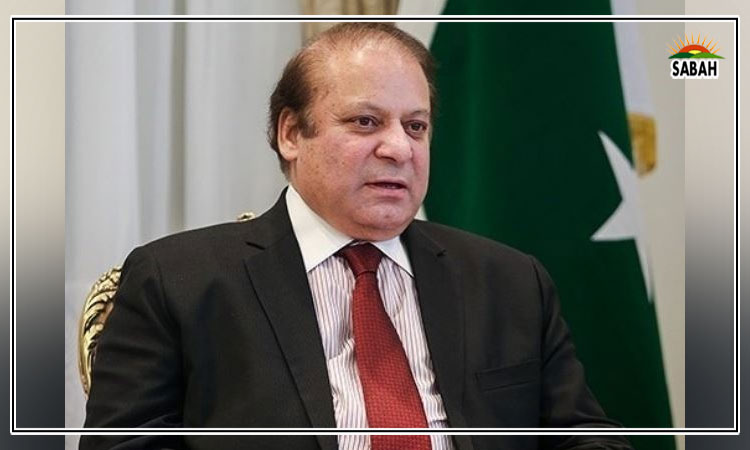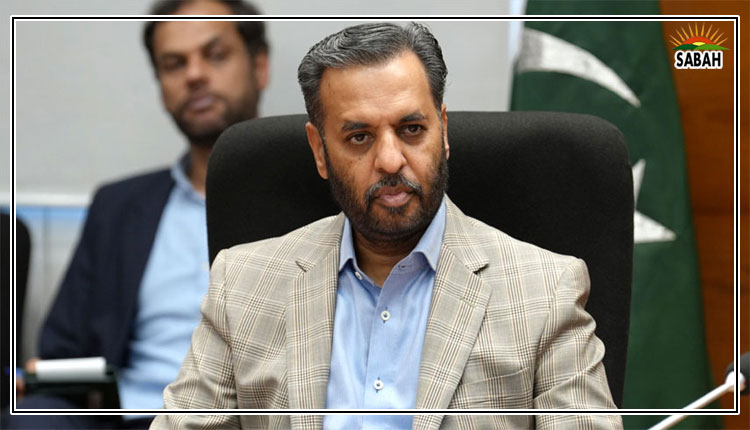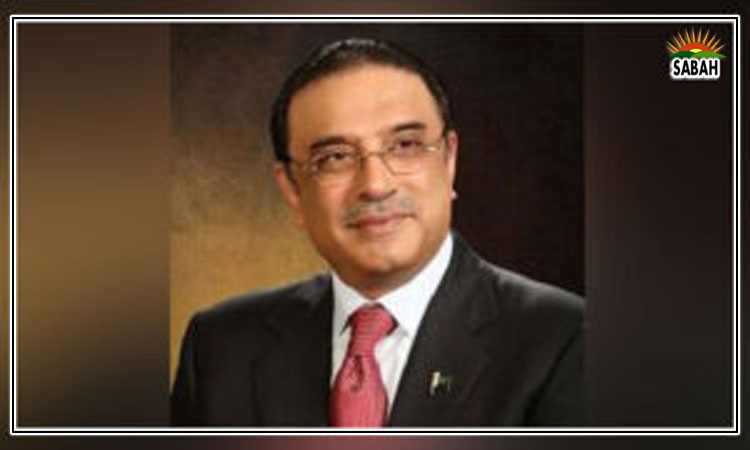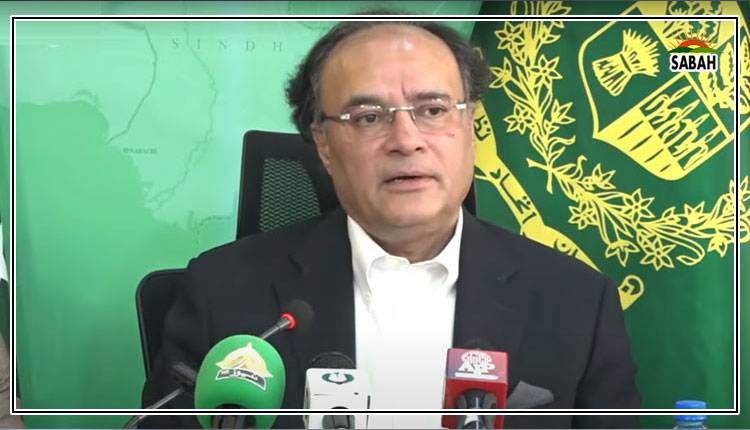India in space…. Sabina Babar
Outer space – once a realm of scientific exploration and discovery – is undergoing a significant transformation, evolving into an arena increasingly dominated by militarisation.
This shift is notably emphasized in the recent report titled ‘Space Threat Assessment 2023’ by the Centre for Strategic and International Studies, US, which serves as a stark warning that space has become a focal point for intense power competition.
This prediction is taking shape and becoming a tangible reality in South Asia as well, where India is rapidly strengthening its space capabilities as part of its overarching pursuit of regional hegemony.
India’s history of diverting materials and capabilities in the civilian domain towards military objectives serves as a caution. One notable example is the CIRUS nuclear reactor provided by Canada, which was diverted for India’s nuclear test in 1974. This historical context raises concerns about the potential for a similar pattern to emerge again.
In recent years, India has been actively strengthening its space capabilities, aligning them with its broader pursuit of regional hegemony. This ambition is evident in the successful launch of the Aditya-L1 solar observatory and the Mars Orbiter Mission (MOM). These accomplishments highlight the country’s growing expertise in space exploration and its commitment to advancing its technological prowess.
However, the characterization of these space projects as exclusively civilian endeavours becomes less convincing when one considers India’s simultaneous development of offensive direct ascent weapons.
These weapons appear to be designed with the ostensible purpose of destroying ‘rogue satellites’. The watershed moment for India’s direct-ascent anti-satellite (DA-ASAT) capabilities occurred in March 2019 during the much-publicized ‘Mission Shakti’. Not only did this event demonstrate its ability to target satellites in orbit, but it also left a legacy of hazardous debris that continues to pose a threat to other space assets.
Over the past decade, India has systematically advanced its space warfare capabilities through strategic partnerships with external powers, facilitated by key agreements like the US-India Space Security Dialogue, the Communications Compatibility and Security Agreement (COMCASA), and the Basic Exchange and Cooperation (BECA).
Simultaneously, India’s civilian space programme, led by the Indian Space Research Organization (ISRO), now ranks among the world’s top space agencies, with advanced launch facilities and domestically produced launch vehicles.
India’s dedicated military space programme, overseen by the Defence Space Agency (DSA), plays a vital role in safeguarding national security interests and operates under the Ministry of Defence, collaborating with the air force, army, and navy. Furthermore, India’s geosynchronous satellites, including GSAT-7, GSAT-7A, EMISAT, RISAT-2, and Microsat-R, serve critical military functions, enhancing communication, intelligence gathering, and reconnaissance capabilities, reinforcing its commitment to achieving information dominance in the realm of C4ISR.
However, maturing capabilities come with greater risks of fuelling instability and an arms race. As one of the primary actors in outer space, India’s abstention from the ASAT missile test moratorium is not as simple as a neutral vote. It is indicative of India’s national strategy in space – an unsaid policy of strategic ambiguity in 2022.
Rather than restraint, India appears intent on pushing boundaries. DRDO Chairperson G Satheesh Reddy has hinted that they can now manufacture anti-satellite weapons on an industrial scale with deployable contingencies. India’s intercontinental ballistic missiles (ICBMs), ballistic missile defence systems (BMDs), and space launch vehicles (SLVs) provide dual-use technologies for anti-satellite (ASAT) weapons.
Specifically, India’s 12,000-km-range Surya-2 ICBM leverages SLVs and targets orbital altitudes of 800km, making the Agni-V launcher a viable SLV replacement for Prithvi. The BECA 2020 agreement also enables India to achieve the high-fidelity space situational awareness required for BMD and ASAT capabilities.
With the acquisition of its specialized satellites, India’s military is becoming more autonomous in the use of space assets, allowing it to create a more effective integrated guided missile development programme (IGMDP).
India justifies its space militarization by citing growing Chinese space capabilities. However, as New Delhi advances its counter-space capabilities alongside its recent achievements, this relentless drive for cosmic supremacy has the potential to disrupt South Asia’s already fragile deterrence framework, which is centred on a delicate balance between nuclear and conventional forces.
Simultaneously, this disproportionate build-up threatens Pakistan, with its C4ISR functions becoming increasingly dependent on satellites. Pakistan faces the risk of its assets being targeted or disabled in crisis situations.
Space weapons could increase the proclivity for punitive and pre-emptive actions, blurring lines between the conventional and nuclear realms, and intensifying security dilemmas.
India’s pursuit of space dominance may grant coercive leverage against Pakistan, but this myopic pursuit of hegemony serves no country’s long-term interests in South Asia and beyond.
For Pakistan, it is important to focus on sustainability, evolvability, and survivability in outer space. Pakistan must start with the doable and reach for the undoable: high-fidelity space situational awareness (SSA) solutions integrated with sensory networks and the acquisition of BMD.
Preventing celestial bodies from turning into future battlegrounds demands pragmatic diplomacy. As India navigates its space ambitions, the world’s players need to ensure that the palpable security dilemmas facing Pakistan and others in the region are being addressed.
As such, investing in shared governance of the global commons, not weapons in the cosmos, is a prudent approach for collective survival.
The writer is a researcher at the
Centre for Aerospace and Security Studies (CASS), Lahore, and can be reached at: info@casslhr.com
Courtesy The News












